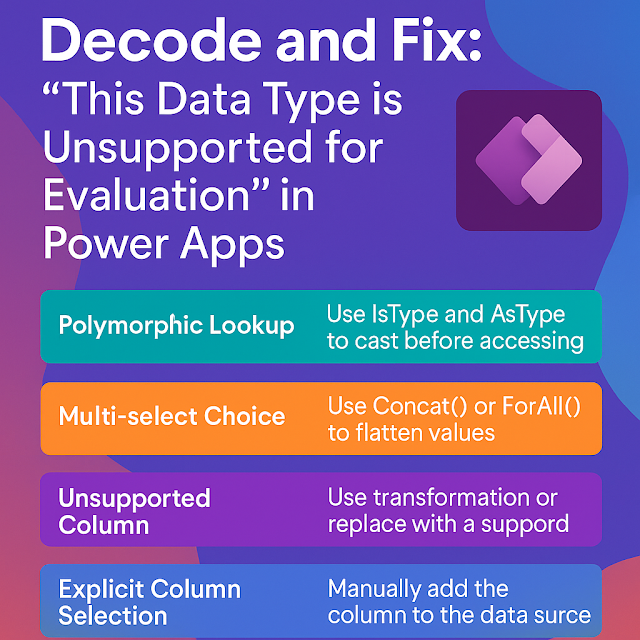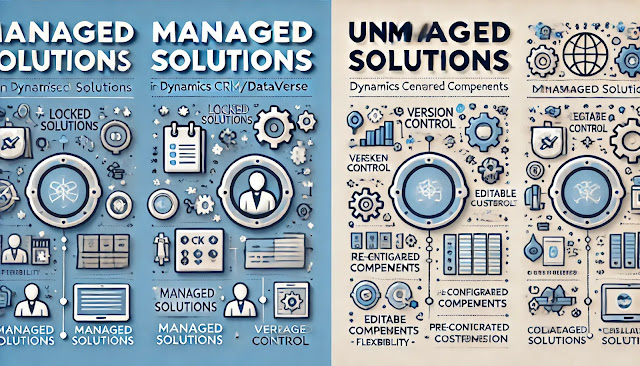Microsoft Dynamics 365 Customer Experience Analyst : Evaluate predictive lead and opportunity scoring model performance
In Dynamics 365 Sales, evaluating predictive lead and opportunity scoring model performance is essential to ensure that AI-driven insights are accurate, relevant, and adding value to the sales process. The predictive scoring model assigns scores to leads and opportunities based on historical data, customer interactions, and behavioral patterns, helping sales teams prioritize their efforts. Performance evaluation involves regularly reviewing metrics such as the distribution of scores, top-scoring lead conversion rates, and model accuracy over time. By analyzing how well high-scoring records are converting compared to lower-scoring ones, organizations can validate the model’s effectiveness, identify potential biases, and fine-tune the scoring algorithm. This ongoing assessment ensures that the AI models remain aligned with evolving market trends and business objectives, ultimately enhancing sales productivity and decision-making.
Predictive Lead:
A predictive lead in Dynamics 365 Sales is a lead that has been assigned a score by an AI model indicating how likely it is to convert into an opportunity or a sale. This score is calculated using historical sales data, customer interaction history, demographic details, buying patterns, and other behavioral signals.
It’s useful for sales because it helps prioritize efforts — instead of treating all leads equally, sales teams can focus on the ones with the highest likelihood of conversion. This improves efficiency, ensures faster follow-ups on high-value prospects, and increases the chances of winning deals. Predictive leads also give sales managers data-driven insights for coaching, pipeline forecasting, and resource allocation. Over time, the model learns from outcomes, becoming more accurate and helping teams close more deals with less effort.
Opportunity Scoring Model Performance:
- Prioritization of efforts: Sales teams can focus their time and resources on high-scoring opportunities that have a greater chance of closing.
- Better forecasting: Accurate scoring helps in creating more reliable sales forecasts, enabling better planning for revenue and resources.
- Data-driven decisions: Rather than relying purely on intuition, sales managers can use AI-backed insights to guide coaching, deal strategies, and account planning.
- Improved win rates: By identifying the characteristics of high-scoring deals, sales teams can replicate successful strategies and improve overall win rates.
- Early risk detection: Low or dropping scores can act as early warning signals, prompting timely intervention to save deals.
- Predictive lead and opportunity scoring uses AI models to assign a score (0–100) to each lead or opportunity.
- The score reflects the likelihood of conversion (for leads) or likelihood of closing (for opportunities).
- Based on historical data and patterns in CRM records, the AI learns which attributes and behaviors correlate with successful outcomes.
- Ensure accuracy – Confirm that scores match actual conversion/closing patterns.
- Improve sales prioritization – Make sure reps focus on the right records.
- Refine the model – If scoring isn’t reliable, retraining or adjusting data sources may be needed.
- Build trust – Sales teams adopt AI scoring more readily when they see it’s correct.
- Have enough historical data – AI needs substantial past records to learn patterns.
- Include relevant attributes – Demographics, activity history, deal stage, purchase patterns.
- Monitor regularly – Data patterns change; reevaluate quarterly.
- Engage sales teams – Get feedback on whether scores feel accurate and helpful.













Comments
Post a Comment